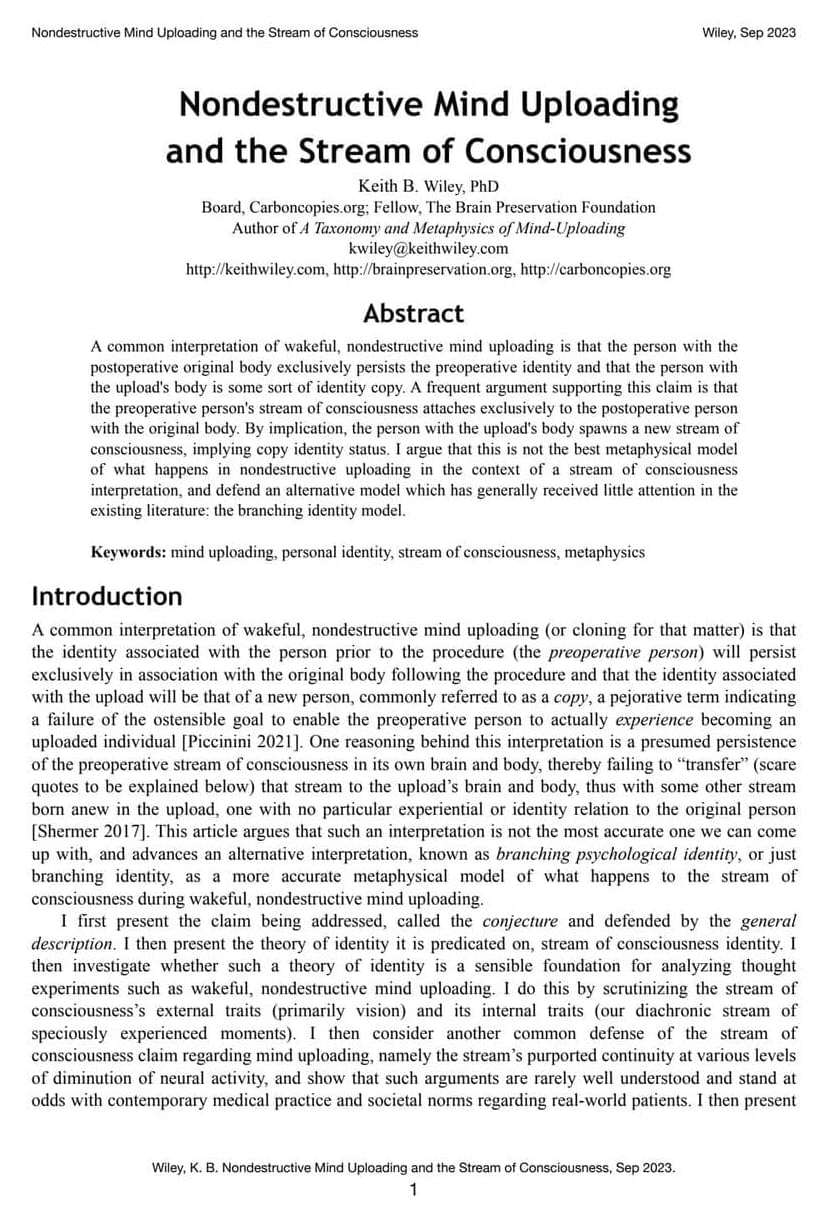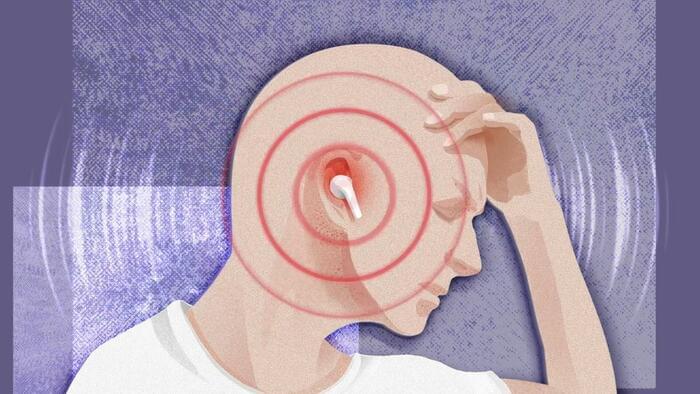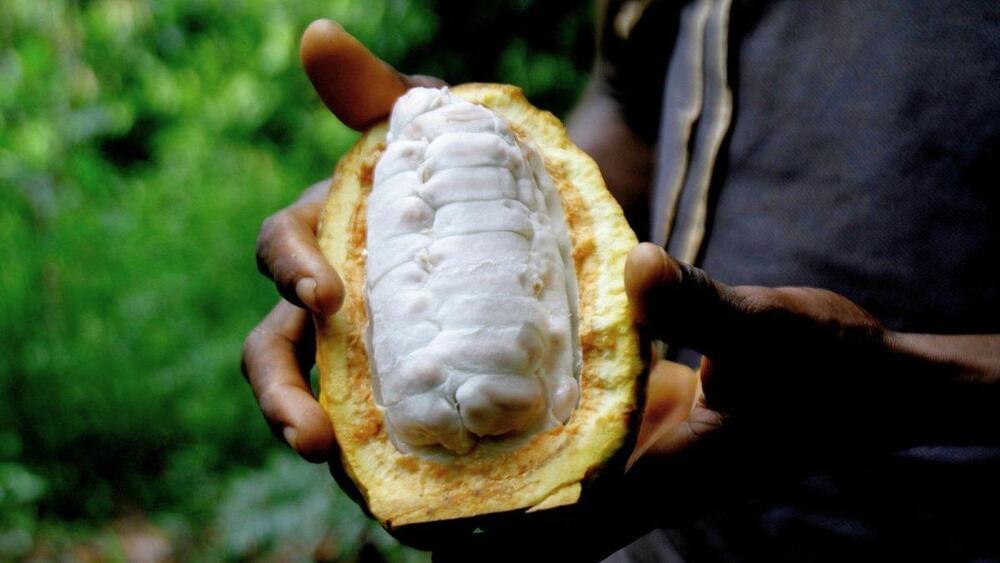In chaos theory, the butterfly effect is the sensitive dependence on initial conditions in which a small change in one state of a deterministic nonlinear system can result in large differences in a later state.
Get the latest international news and world events from around the world.
Ian Barbour — Why is Emergence Significant?
Watch more videos on complexity and emergence: https://shorturl.at/QLrfUEmergence is how the world works differently at various levels or hierarchies of orga…

A Biblical Case for Annihilation — Dr. Bart Ehrman
Annihilationism is the belief that unbelievers will not experience an eternity of suffering in hell, but will instead be “extinguished.” Dr. Bart Ehrman discusses why Jesus and Paul believed in annihilation. Full video: • Exploring Early Christian Narratives…
Dr. Bart Ehrman is the James A. Gray Distinguished Professor of Religious Studies at the University of North Carolina, Chapel Hill, where he has taught thousands of students and won numerous awards.
Bart’s work has been featured in The New York Times, the Washington Post, the Times Literary Supplement, the New Yorker, Time, and Newsweek; he has appeared on National Geographic, CNN, the BBC, NBC’s Dateline, the Discovery Channel, Fresh Air with Terry Gross, the Daily Show with Jon Stewart, the Sam Harris Podcast, and many other top media outlets. Subscribe to his blog here:
https://ehrmanblog.org/
Delgado Podcast features discussions with academics, authors, artists and people who challenge our thinking and help us grow in more compassion. This season is focused on the ways our spirituality, faith, and/or religious identities impact our understanding of justice, race, gender, sexuality, mental health, and religious texts. More about the show here:
You can also get the podcast here:
Spotify: http://bit.ly/delgadopod.
The Physics of Portals (Made With Love)
Learn science on Brilliant — it’s fast and easy. First 30 days are free and 20% off the annual premium subscription when you use our link ➜ https://brilliant.org/sabine.
I’ve spent too much time thinking about how portals could work in the real world and, yes, I guess that is somewhat weird, but well. From energy conservation to momentum conservation to moving portals, I have it all sorted out for you. And the cake is not a lie.
🤓 Check out my new quiz app ➜ http://quizwithit.com/
💌 Support me on Donorbox ➜ https://donorbox.org/swtg.
📝 Transcripts and written news on Substack ➜ https://sciencewtg.substack.com/
👉 Transcript with links to references on Patreon ➜ / sabine.
📩 Free weekly science newsletter ➜ https://sabinehossenfelder.com/newsle…
👂 Audio only podcast ➜ https://open.spotify.com/show/0MkNfXl…
🔗 Join this channel to get access to perks ➜
/ @sabinehossenfelder.
🖼️ On instagram ➜ / sciencewtg.
00:00 Intro.
01:14 Portals and Wormholes.
02:05 Energy Conservation.
04:47 A Detour to Dark Matter and Back.
07:42 Momentum Conservation.
10:27 Moving Portals.
12:21 Portals Aren’t Flat.
13:45 More Problems.
14:20 Cake.
14:27 Learn Science With Brilliant.
#physics #portals



Alternative Intelligence: The Other A.I.
Go to https://hensonshaving.com/isaacarthur and enter “isaacarthur” at checkout to get 100 free blades with your purchase. We think very highly of the human brain, after all, it’s what lets us think about anything in the first place, but Nature is vast, and our primate brains are not the end-all and be-all of neural engineering. Join this channel to get access to perks: / @isaacarthursfia Visit our Website: http://www.isaacarthur.net Join Nebula: https://go.nebula.tv/isaacarthur Support us on Patreon:
/ isaacarthur Support us on Subscribestar: https://www.subscribestar.com/isaac-a… Group:
/ 1,583,992,725,237,264 Reddit:
/ isaacarthur Twitter:
/ isaac_a_arthur on Twitter and RT our future content. SFIA Discord Server:
/ discord Credits: Alternative Intelligence: The Other A.I. Episode 448; May 23, 2024 Produced & Narrated by: Isaac Arthur Written by: Erik Eldritch & Isaac Arthur Editor: Darius Said Music Courtesy of Epidemic Sound http://epidemicsound.com/creator Stellardrone, “Red Giant”, “Ultra Deep Field”, “Cosmic Sunrise” Sergey Cheremisinov, “Labyrinth”, “Forgotten Stars” Taras Harkavyi, “Alpha and…” Miguel Johnson, “So Many Stars”

Startup claims they have created AI head transplant system, plans to perform first procedure within decade
Scientists put their heads together for an insane medical breakthrough.
Neuroscience and biomedical engineering startup BrainBridge announced that it has created an AI-mechanized system for performing head transplants.
The procedure would graft a head onto the body of a brain-dead donor, maintaining the memories, cognitive abilities and consciousness of the transplanted individual.